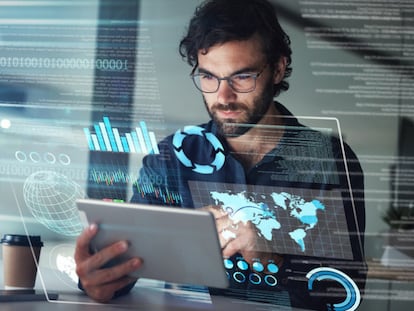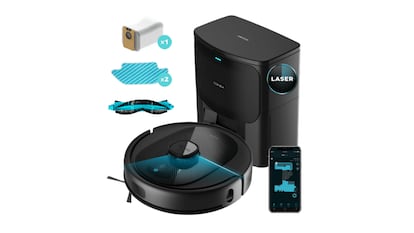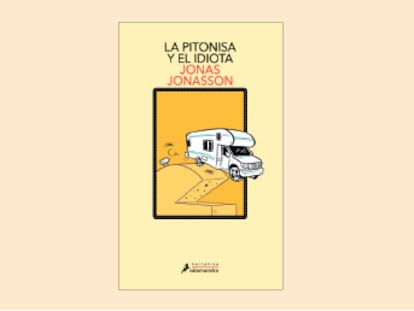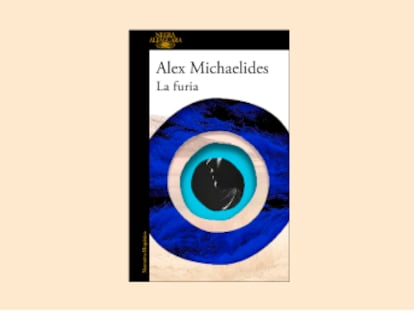Multisensory perception in older adults
Older people often report that their vision and hearing abilities are not as good as they were in their youth. This perceptual decline is mostly considered a normal outcome of the ageing process. The implications of this phenomenon are quite obvious; for example, if one canˇŻt hear well then one may find it more difficult to follow a conversation. Similarly, poor vision may have an impact on finding ones way around. In fact, many older people have at least some awareness of this decline and some may say ˇ°I canˇŻt hear wellˇ± while others may state that they try to compensate for such a decline, as in ˇ°I look at people when they speak, it helpsˇ±. Statements such as these reflect an important scientific findingˇŞthat our senses can ˇ°helpˇ± each other in order to provide a robust perception of the world. Recent studies show that the brain tends to combine multiple sensory inputs when pursuing a given goal, for example, to understand speech, grasp an object or navigate the environmentˇŞthis process is called multisensory integration.
Unfortunately, different sensory inputs, when they are inappropriately matched, can interfere with each other. When, with ageing, multisensory integration becomes faulty the sensory inputs may be combined when non-beneficial or inappropriate, resulting in distraction or unreliable perception, with the consequence that a person may then use this unreliable information to guide their behaviour. At the Technology Research for Independent Living (TRIL) Centre, we are exploring the breakdown of the multisensory integration process and are designing new technologies to compensate for and, in the future, prevent that breakdown.
In recent studies we have shown that older people may combine audio-visual information over an excessively extended interval of time, and, even when audio and visual inputs are out of synchrony, older people may maintain that they came from the same source. This is an example of ˇ°perceptual confusionˇ±. In one study, in which participants heard beeps and also saw a white dot flashed rapidly on a computer screen, we showed that older adults are nearly twice as susceptible as younger adults to such an audio-visual illusion. In that illusion, the susceptible person ˇ°seesˇ± the same number of flashes as the number of beeps played, whereas they are, in fact, different. Such an experiment can show the efficiency of multisensory integration in the brain with the illusion being a simple tool by which we can investigate it. In an electroencephalographic study, also using beeps and flashes, we have shown that older adultsˇŻ brains find it more difficult than younger personsˇŻ brains to switch from vision to hearing, and viceversa.
In the laboratory we are able to isolate these sensory processes and study them with millisecond precision. What we then observe is a ˇ°snapshotˇ± of the processes that occur continuously during the daily activities of people and which can have a significant impact on peopleˇŻs lives. At the TRIL Centre we have found that susceptibility to the audio-visual illusion described above is linked to the incidence of falls. Older adults who are prone to falling were found to be 30% more susceptible to such audio-visual illusion than age-matched older adults who were not prone to falling. This indicates that when obvious causes, such as osteoporosis, are excluded, faulty multisensory integration may be a cause of falls ˇŞand potentially may be useful in predicting if someone is at risk of falling, even before they have experienced a fall. Considering that the phenomenon of falls in Older people remains largely unexplained and that interventions have only about a 30% success rate in reducing the number of falls, assessment of multisensory integration could represent an important new path for early detection, intervention and rehabilitation. We are now in the process of extending this work on a larger population of fallers and exploring the link between the susceptibility to this illusion and balance.
Fortunately, we have evidence that older brains maintain some plasticity. Once specific areas of multisensory impairment are determined, it may be possible, to some extent, to retrain the brain and improve older adultsˇŻ efficiency in integrating sensory information. In a recent study, we trained older adults to better discriminate the temporal order of appearance of flashed dots and beep sounds. The difficulty of the task was tailored to each personˇŻs performance during five training sessions. The results showed that after such training the susceptibility to the audio-visual illusion was reduced when the beeps and flashed dots were markedly out of synchrony. This encouraging result indicates that it may be possible to reduce the extent of inefficient multisensory integration through simple perceptual training over just five days. Further research is needed to assess if such training would be able to reduce the occurrence of falls and to determine how long-lasting the beneficial effects of the training may be.
Currently we are also exploring the possibility of incorporating this kind of assessment and training into a toolkit that could be used by older adults to improve their perceptual skills within the comfort of their own homes.
Tu suscripci¨®n se est¨˘ usando en otro dispositivo
?Quieres a?adir otro usuario a tu suscripci¨®n?
Si contin¨˛as leyendo en este dispositivo, no se podr¨˘ leer en el otro.
FlechaTu suscripci¨®n se est¨˘ usando en otro dispositivo y solo puedes acceder a EL PA?S desde un dispositivo a la vez.
Si quieres compartir tu cuenta, cambia tu suscripci¨®n a la modalidad Premium, as¨Ş podr¨˘s a?adir otro usuario. Cada uno acceder¨˘ con su propia cuenta de email, lo que os permitir¨˘ personalizar vuestra experiencia en EL PA?S.
En el caso de no saber qui¨¦n est¨˘ usando tu cuenta, te recomendamos cambiar tu contrase?a aqu¨Ş.
Si decides continuar compartiendo tu cuenta, este mensaje se mostrar¨˘ en tu dispositivo y en el de la otra persona que est¨˘ usando tu cuenta de forma indefinida, afectando a tu experiencia de lectura. Puedes consultar aqu¨Ş los t¨¦rminos y condiciones de la suscripci¨®n digital.
































































